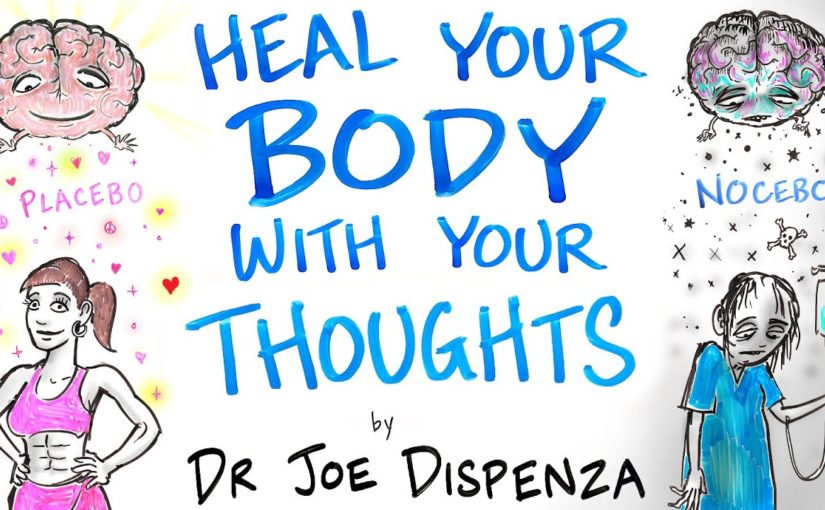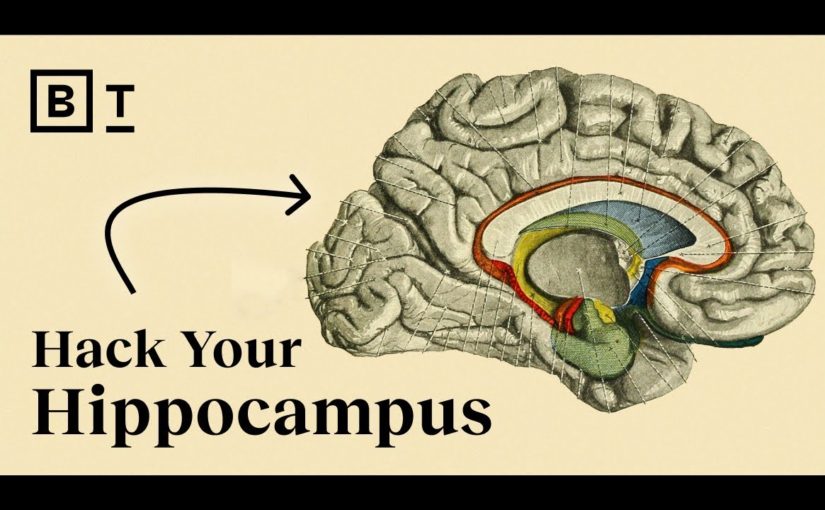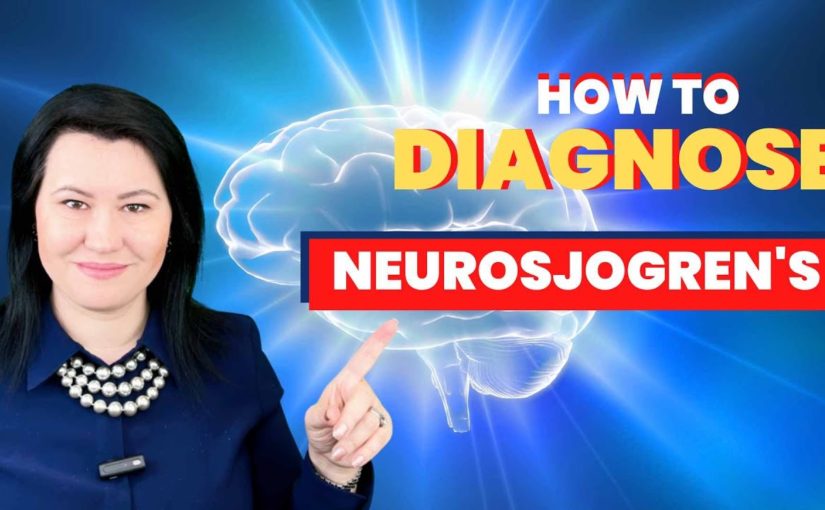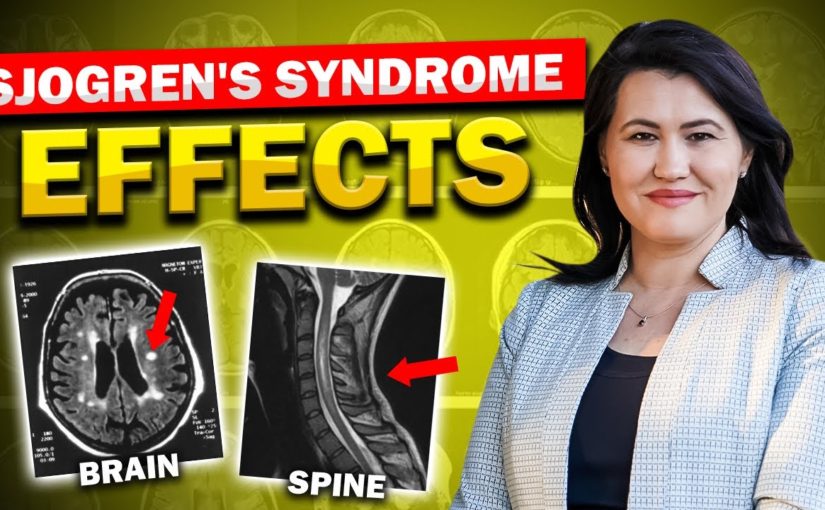https://www.youtube.com/watch?v=16muBXh9ytA
00:00:05
Today I’m going to speak about the remaining gift of revelation, distinguishing or discerning of spirits. The ability to recognize, identify and distinguish between various kinds of spirits that confront us. And in this connection we need to bear in mind that the Christian ministry is a ministry in the spiritual realm. In Ephesians 6:12 Paul says we are not fighting enemies of flesh and blood or persons with bodies, but we are arrayed against an evil spiritual kingdom, spirits of wickedness. And so it is essential that we are equipped to handle our spiritual enemies. The purposes of this gift, I would suggest, are fourfold. First of all, to lift the veil that covers the unseen spiritual world. The world that we really have to deal with if we’re to be effective.
00:01:12
Secondly, to enable us to see as God sees. In 1 Samuel 16:7 the Lord told Samuel this, “For God sees not as man sees, for man look at the outward appearance, but the Lord looks at the heart.” This gift of discerning of distinguishing of spirits enables us to go below the outward appearance and see the condition of the heart.
00:01:39
The third purpose of the gift is to protect us from deception. We are reminded that sometimes Satan comes to God’s people as an angel of light. He appears to be very beautiful, very good and very wise. But his whole purpose and intention is evil and destructive. The fourth purpose of this gift is to enable us to diagnose people’s problems and so help them. Now the gift is discerning of spirits, it’s not just discerning of evil spirits. There are various kind of spirits that confront us in the Christian walk. Let me mention four: First of all, the Spirit of God, the Holy Spirit. It is very important to discern the Holy Spirit. Secondly, there are angels, both good angels and evil angels. Thirdly, thee are demons or unclean spirits. And fourthly, there is the spirit of man, the human spirit. Now I want to give you some examples of the operation of this gift from the New Testament. First of all in the ministry of Jesus. In John 1:47 and following, you read how Nathanael came to Jesus and it says: “Jesus saw Nathanael coming to Him, and said of him, ‘Behold, an Israelite indeed, in whom is no guile!’” (NAS) How did Jesus know that there was no guile in Nathanael? There was no outward way of knowing it, but He discerned in Nathanael a guileless spirit. Nathanael was amazed. “He said to Him, ‘How do You know me?’ Jesus answered and said to him, ‘Before Philip called you, when you were under the fig tree, I saw you.’” (NAS) Probably Jesus was standing preaching and Philip was standing there somewhere in the background under the fig tree listening, but Jesus looking over the heads of those who were closer to Him, saw that face and discerned that guileless spirit. Nathanael was amazed, but Jesus said to him, “This is only the beginning.” “And He said to him, ‘Truly, truly, I say to you, you shall see the heavens opened, and the angels of God ascending and descending upon the Son of Man.’” (NAS) Jesus said, in effect, not merely will we discern human spirits, but we’ll discern angel spirits too. And of course, later on in the New Testament this was fulfilled a number of times. For instance in Acts 27 we read about Paul on the ship that was being so terribly tossed by the storm. They hadn’t seen the sun or the moon or the stars for many days. All hope of survival was given up, but an angel of God came to Paul on the ship. And after that Paul stood up and spoke to those men and encouraged them and he said this: “For this very night an angel of the God to whom I belong and whom I serve stood before me, saying, ‘Do not be afraid, Paul; you must stand before Caesar; and behold, God has granted you all those who are sailing with you.’” (NAS) So we see that an angel came to that storm-tossed ship, but the only one who was aware of the presence of the angel was Paul. Paul discerned what the others could not see, an angelic presence there on that ship. I’d giving you examples of two forms of discernment Jesus discerning a guile spirit in Nathanael and Paul discerning an angel of God on the ship. Now also from the ministry of Paul, I want to give you an example of discerning an evil spirit, a very significant and important example. This describes what happened while Paul and Silas and their company were in the city of Philippi to bring the gospel to that city. And they were going every day to a certain place of prayer, but there was a slave-girl following them making dramatic spiritual pronouncements about them. This is the record as we find it in Acts 16:16–18: “And it happened that as we were going to the place of prayer, a certain slave-girl having a spirit of divination met us, who was bringing her masters much profit by fortunetelling.” (NAS) The spirit of divination in Satan’s kingdom is the fortunetelling spirit, the one that predicts the future, that tells you whether you are going to be rich or poor, whether you are going to marry a blonde or a brunette, whether your mother or your aunt is going to die, and many such things. That’s the spirit of divination, the fortunetelling spirit. It is not from God, it is from Satan. The Scripture then goes on to say: “Following after Paul and us, she kept crying out, saying, ‘These men are bond-servants of the Most High God, who are proclaiming to you the way of salvation.’” (NAS) It is very significant that what she was saying was absolutely true. That is an example of Satan coming as an angel of light. But she was nevertheless not serving God, but Satan. You see, Satan’s purpose was to confuse the people of Philippi. They were used to divination, they were used to people with evil spirits. If Paul and his company had accepted this girl and her testimony, the people of Philippi would have concluded, “Well, here is just another example of what we have been used to all these centuries.” But Paul didn’t fall into that trap. Through discerning of spirits, he identified the spirit as an evil spirit and this is how he dealt with it: “And she continued doing this for many days. But Paul was greatly annoyed… [Do you know that it is legitimate sometimes to be annoyed? To be annoyed with the devil is not a sin.] …But Paul was greatly annoyed, and turned and said to the spirit [not to the girl, but to the spirit], ‘I command you in the name of Jesus Christ to come out of her!’ And it [the spirit] came out at that very moment.” (NAS) So the evil spirit was discerned by Paul and then cast out in the name of Jesus. That was a critical point. It set the whole city in an uproar. Satan’s purposes had been revealed and frustrated and he became exceedingly angry and the most unnatural tumult broke out in that city. That was Satan’s response to his devices being revealed. Now let me give you just one example that is a little similar from my own personal experience. Actually, this incident in my life is mentioned in Catherine Marshall’s book Something More. It happened while I was ministering at a church in Chicago. At the close of a service a lady came to me and asked me for prayer. She said she had personal problems. The Lord showed me, I think, probably through the word of knowledge, that she had been a spiritist medium. And I said that I wasn’t prepared to pray for her. So she went away but came back a few weeks later. She said, “I have given up being a medium. I want you to pray for me.” So I felt that I couldn’t refuse. I wasn’t confident of her sincerity, but I began to pray with her, and it was hard going.
00:08:44
After a while I paused for a moment. And as I paused, she began to look at me intently and there was a kind of strange fixed stare in her eyes and she said, “I see you in a car and it’s wrecked against a tree and there’s blood.” For a moment my heart sank and I thought, “I’m going to be in a car that’s wrecked against a tree.” And then I realized that isn’t the Holy Spirit. That’s the spirit of divination by which she operated as a medium. And so the anger of God came over me and I said, “You divining spirit, I reject you! I do not accept that as my destiny! I’m not going to be in any car that’s going to be wrecked against a tree! I refuse it! I will not accept it from you!” I don’t believe that the woman was delivered. At least not at that time. Because I really don’t believe that she had repented of her evil practices. But I really believe that that was a turning point in my life.
00:09:44
You see, when you go to a fortuneteller, the fortuneteller predicts something evil about your life, as often happens. If you say, “Oh, isn’t this terrible! Think what’s going to happen to me!” in a certain sense you are submitting to Satan’s destiny for your lie. And if you submit to it, very probably it will be worked out. What we have to learn to do is identify Satan even in his deceptions, reject him, turn away from him, turn to God and the Scripture and the Holy Spirit, and receive God’s destiny for our life and believe that rather than Satan’s destiny. But these days it’s very important that we are able to discern even when Satan comes to us in the guise of an angel of light.
Source : Youtube









